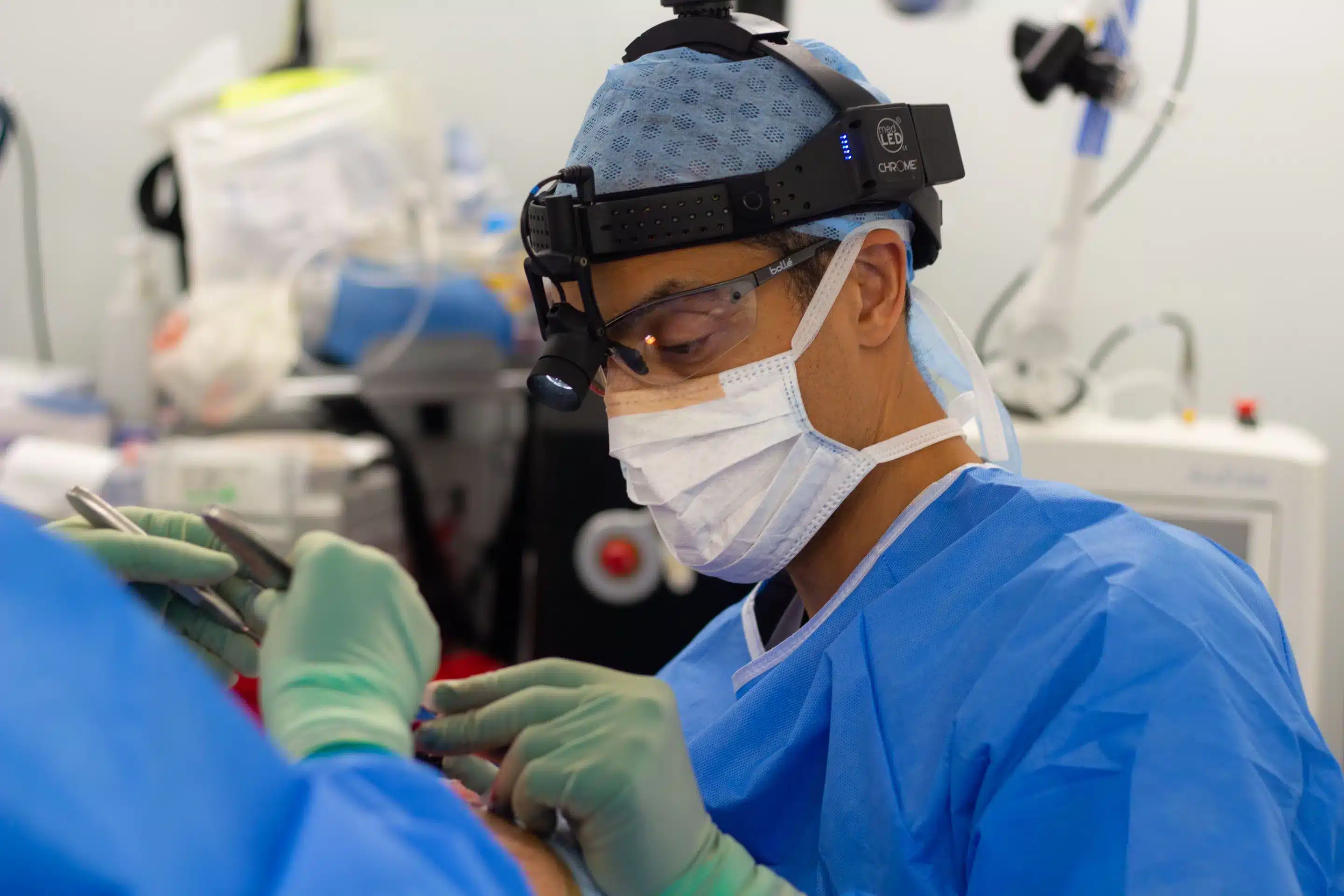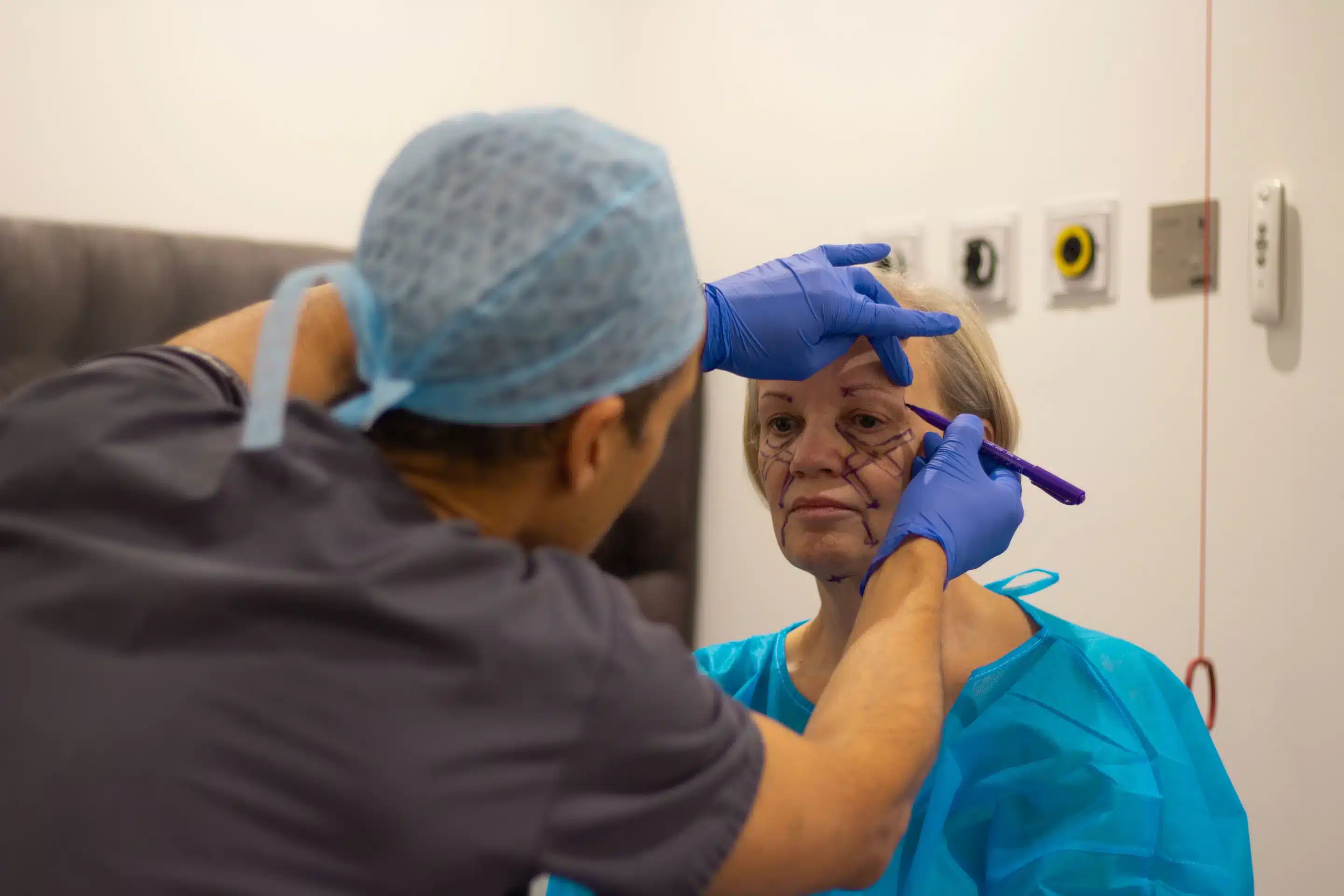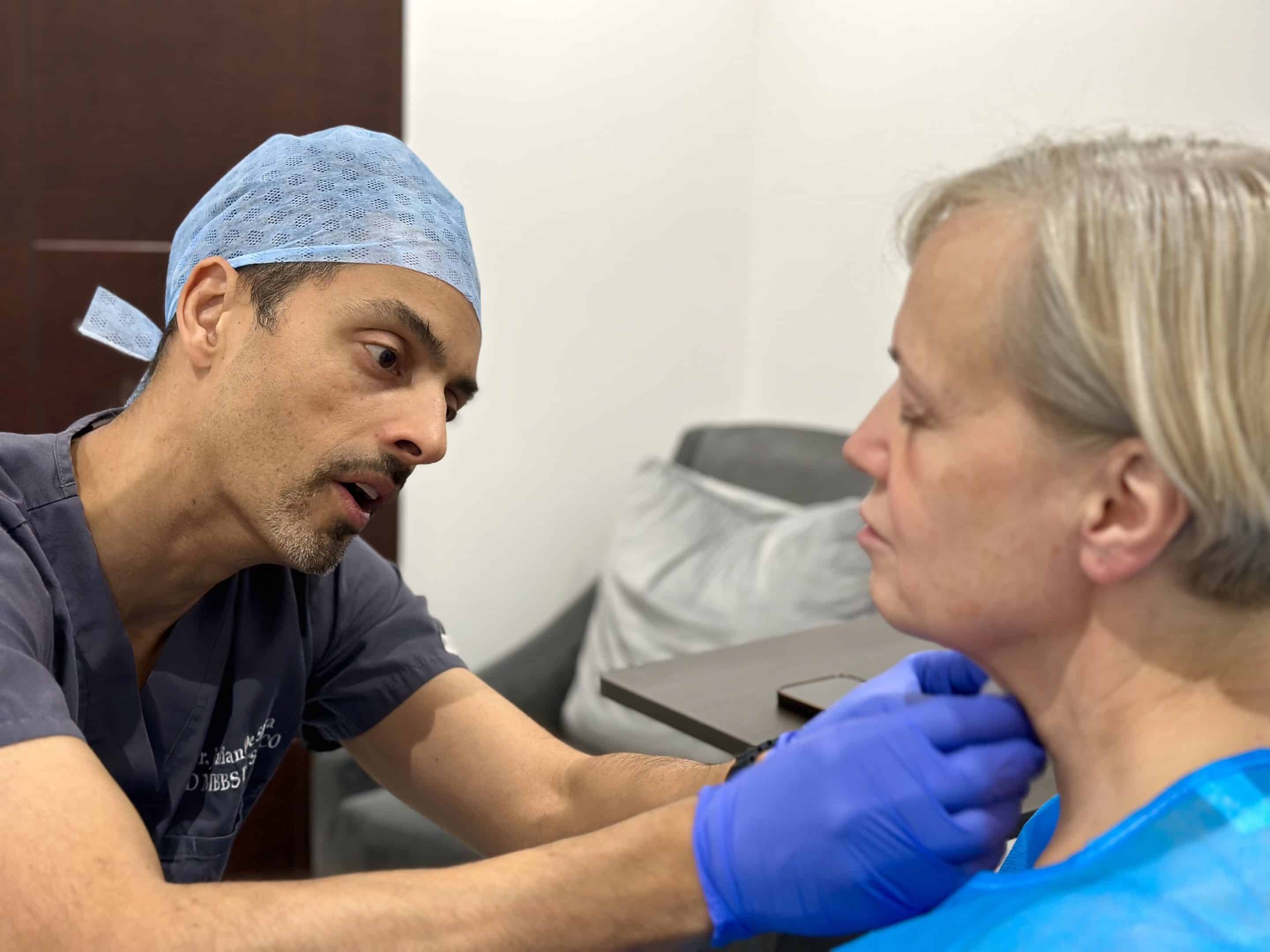The ponytail facelift is a minimally invasive procedure that lifts the face while keeping scars hidden. Many people love it because it provides a natural, youthful look without the long recovery time of a traditional facelift. If you're considering this treatment, we're here to help. In this guide, we'll talk about what it involves, who it's best for, and what to expect during recovery.
What Is a Ponytail Facelift?
A ponytail facelift, also known as an endoscopic facelift, is a modern technique that uses small incisions hidden within the hairline. A tiny camera helps guide the surgeon as they lift and reposition facial tissues. Some cases also involve a small incision inside the mouth to lift the cheek area. Unlike traditional facelifts, an endoscopic facelift prevents large scars and gives you more natural results.
Who Is a Good Candidate?
A ponytail or endoscopic facelift works best for those in the early stages of facial ageing. If you notice sagging in your mid-face or temples but don't have significant jawline or neck concerns, this could be a great option for you. However, you likely need another approach if you have excess skin or deeper ageing signs around your lower face. Check out the signs you're ready for a facelift here.
How Ageing Affects the Face
As you age, your skin loses elasticity, facial fat shifts, and volume decreases. This process usually starts in your 30s and varies depending on genetics. Some people age more slowly, while others experience changes faster. Factors like hypermobility (overly flexible skin) and early menopause can accelerate ageing.
Benefits of a Ponytail Facelift
Are you looking for a quick, effective, and low-impact way to look younger? A ponytail or endoscopic facelift is a solid choice. Here are the top benefits of a ponytail facelift:
1. Minimal Scarring
One of the biggest perks of a ponytail facelift is that it leaves no visible scars. The small incisions are hidden within the hairline, making it nearly impossible to tell you've had anything done. This makes a scarless facelift a great option for those who want a refreshed look without the telltale signs of surgery.
2. Natural-Looking Results
An endoscopic or scarless facelift gives you a subtle lift without drastically changing your facial features. Instead of looking like you've had work done, you'll look well-rested and rejuvenated. The lift is gentle and focuses on the cheeks and temples.
3. Quick Recovery Time
A ponytail facelift has a shorter recovery time than a traditional facelift. Swelling and bruising are also minimal because the incisions are small, and the technique is less invasive. Plus, most patients can get back to their normal routine much faster than with a standard facelift.
4. Less Swelling and Bruising
Smaller incisions mean less trauma, swelling, and bruising. These make the healing process smoother, faster, and more comfortable.
5. Great for Younger Patients
A ponytail or scarless facelift is ideal for people in their 30s to 40s who are just starting to notice early signs of ageing. If you have mild sagging in the cheeks or mid-face, this technique can lift and refresh your appearance without a more invasive procedure.
6. No Drastic Changes
Unlike some facelifts that can dramatically change your appearance, the ponytail facelift enhances what you already have. The goal is to look like a better version of yourself, not a completely different person. It's about restoring volume and lifting areas that have started to droop without overdoing it.
7. Discreet Results
A ponytail facelift is a discreet way to refresh your look. Since the incisions are hidden and the procedure is minimally invasive, it won't change your overall facial structure but will subtly lift and tighten areas that need a little help.
What It Can and Can't Fix
A ponytail facelift is a fantastic option, but it has limitations. For one, it doesn't address significant sagging in the jawline or neck. As a result, you might need additional treatments like neck lifts.
In particular, a ponytail facelift lifts the mid-face and temples. However, it doesn't improve the jawline or neck. If your skin is sagging in those areas, consider getting this procedure with other treatments. Remember, every face is different, and it's crucial to choose the right technique to keep your facial harmony.
Choosing the Right Surgeon
Finding a skilled surgeon is crucial. A facelift can lead to unnatural results if not done properly. You might remember when Renee Zellweger's look changed drastically because of the excessive changes around her eye and brow area. The goal should always be to enhance your natural features, not change them completely. I, Dr. Julian De Silva, specialise in natural-looking results, so you still look like yourself but refreshed. My clinic has also won many awards over the past two decades.
Recovery and Aftercare
Most patients experience mild swelling and bruising for a few weeks. Since the incisions are small and well-hidden, healing is faster than with a traditional facelift. You should also follow post-op care instructions for a smooth recovery. Avoid strenuous activities, follow a healthy skincare routine, and attend all follow-up appointments.
Conclusion
The ponytail facelift is an amazing choice for those looking for a subtle lift without obvious scars. It's best for early-stage aging and works well to enhance the mid-face and temples. If you have concerns about your jawline or neck, additional procedures may be necessary.
If you're considering a ponytail facelift in London, Dr. De Silva's clinic in Central London, Harley Street, W1, is one of the best. Book a facelift consultation here to discuss your options and get a personalised treatment plan.





